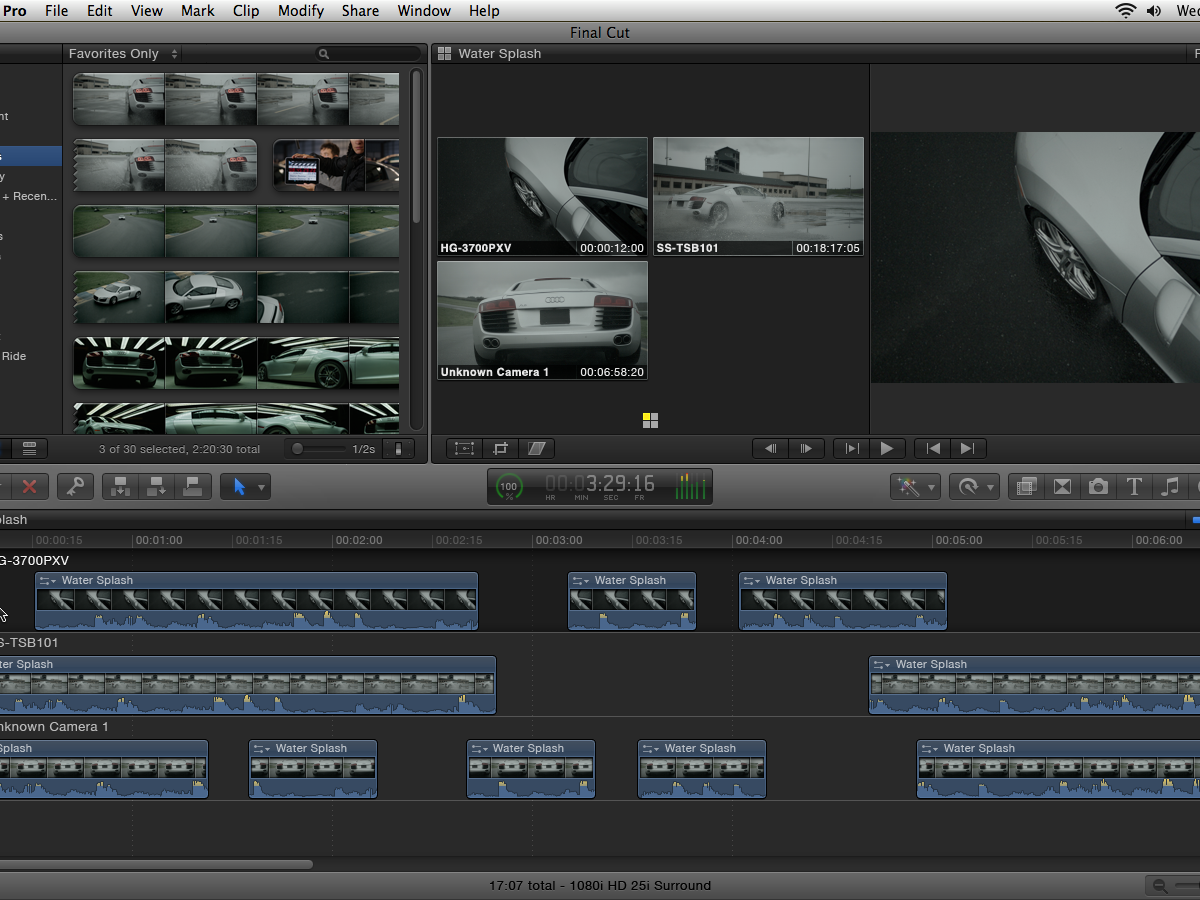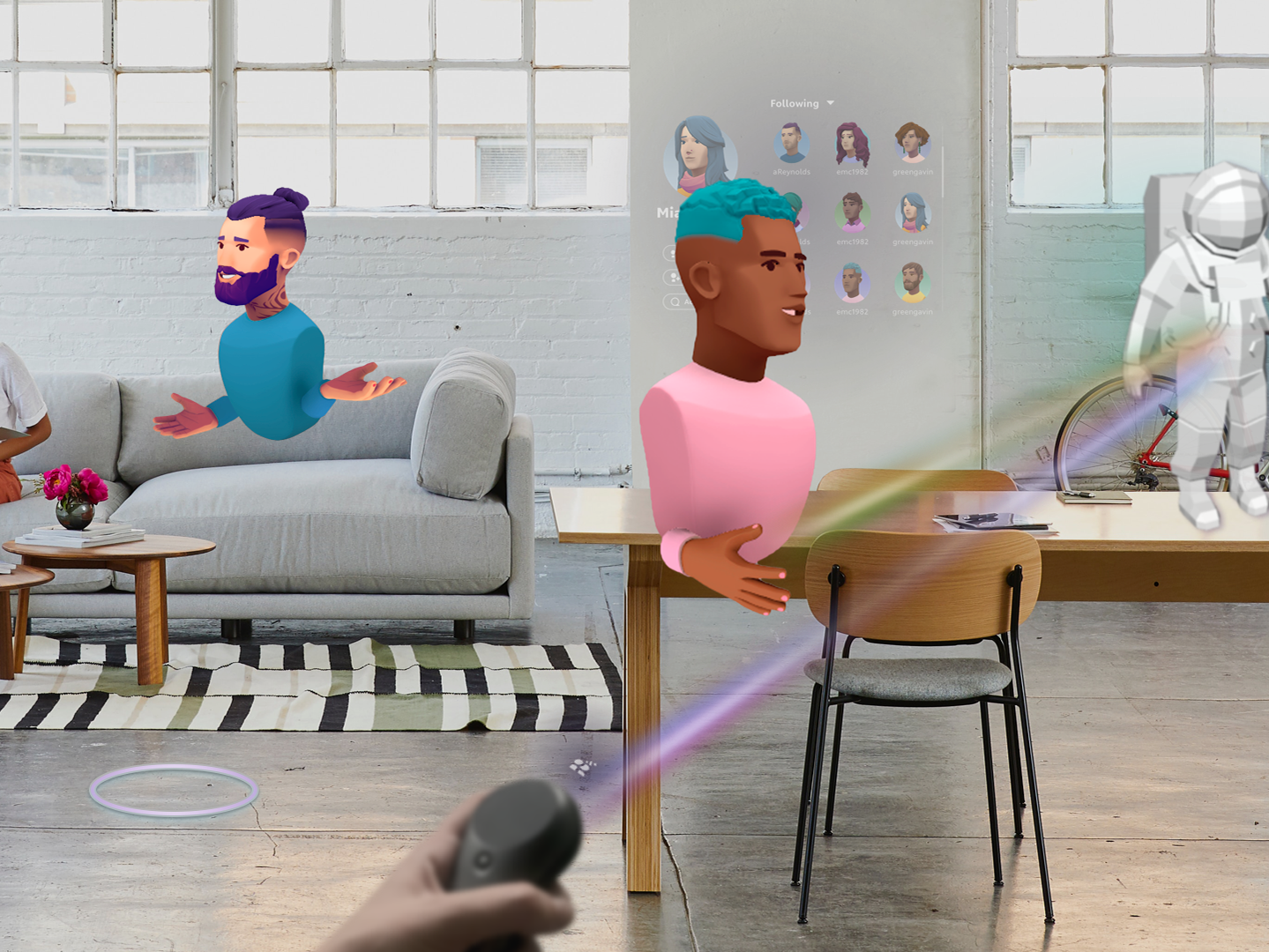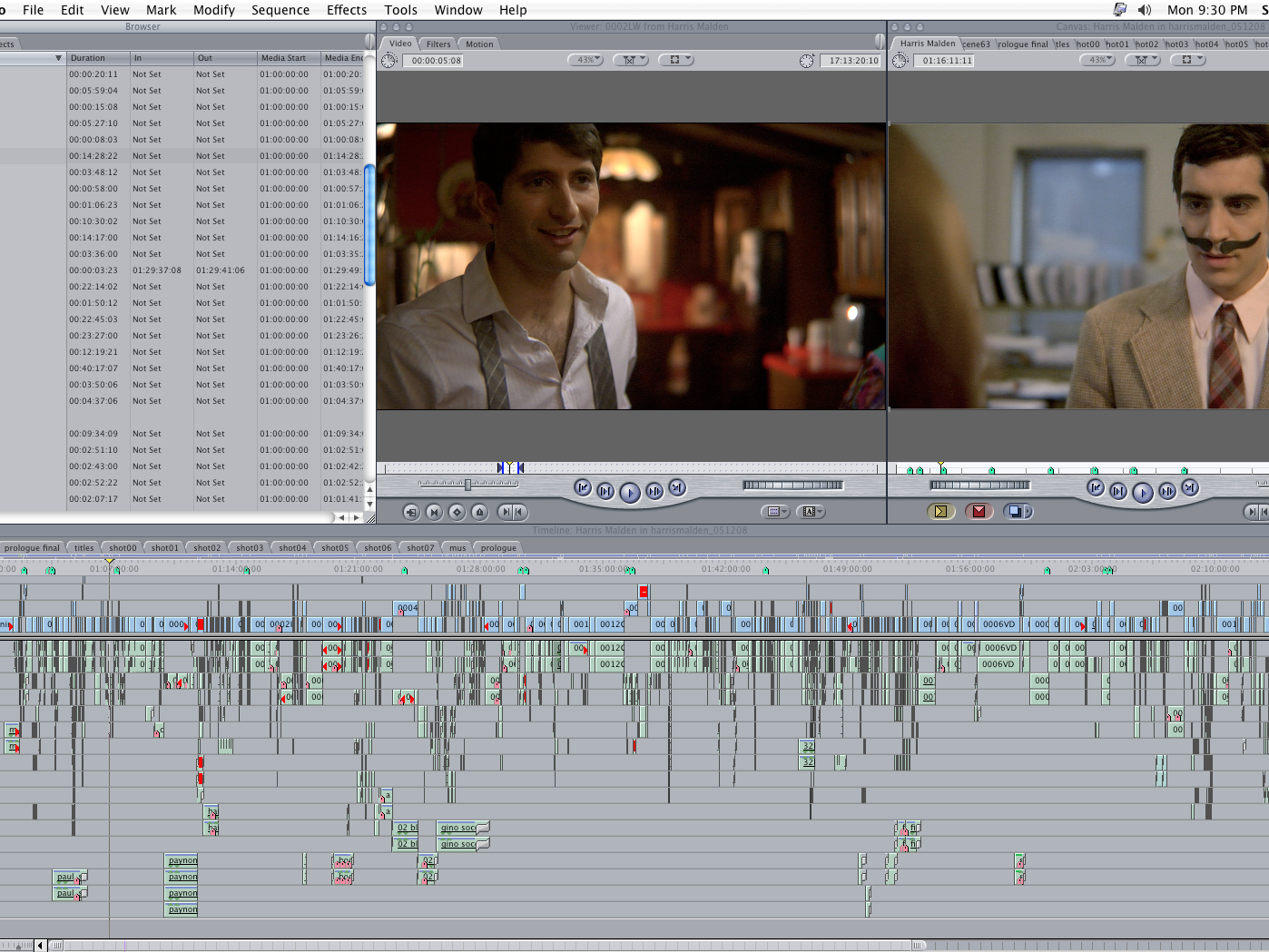Final Cut Pro X - the Transition
Our organization had a new directive from our executive management. We needed to ensure we were 64 bit compatible across the platform. Much of the core frameworks we relied on were not going to be transitioned to 64bit. This meant we had to re-write most of the application core features from scratch - a big effort. This need for change compelled us to reexamine how storytelling should work and design a better set of software tools for our users.
My role during this time was as the product design manager giving creative direction for the effort working hand in hand with engineering and product marketing for all professional video applications.
Over the next two years we worked on redesigning Final Cut Pro from scratch. It was the effort of creating a 1.0 and rethinking our product in every way. The team created new flows, proposed a wide variety of ways to accomplish the user needs and worked with marketing and engineering teams to create Final Cut Pro X. The new application was a complete overhaul and showed new ways of getting some common tasks done more efficiently.
The team focused on key areas that help the users the most. We looked forward to media changing from analog inputs and focusing the workflows on digital media and how it could help the storytelling community. The software made many improvements to how media could be organized as well as massive changes to the timeline to allow for more creative freedom for editors.
Motion X
The Motion graphics compositing application was also reimagined. Strategically we focused Motion on preparing visual content for Final Cut Pro editors. No longer focused exclusively for Motion Graphic Artists, but for editors. This allowed the team to increase ease of use and discovery of the common functionality needed. This also allowed a much tighter cohesive feel with Final Cut Pro toolset.






